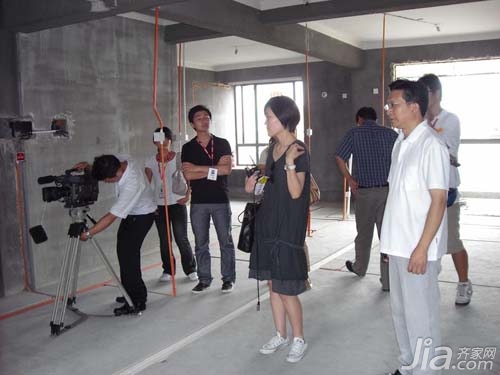
1. Water Supply and Drainage Projects
Galvanized pipes are gradually being replaced due to their tendency to rust, clog, lose heat, and freeze in cold weather. Today, the most commonly used alternatives include aluminum-plastic composite pipes, plastic steel pipes, and PPR (polypropylene random) pipes. These materials offer excellent flexibility, toughness, and insulation properties, making them resistant to cracking and clogging. Special copper fittings or thermoplastic joints ensure a high-quality installation with minimal energy loss.2. Electrical Pipeline Projects
Electrical wiring is typically categorized into hard wires, soft wires, and sheathed wires, with different thicknesses of copper cores such as 1mm², 1.5mm², and 2.5mm². For safety and ease of maintenance, all cables should be installed within conduits. In addition to power lines, there are also audio and signal cables. Sockets come in various ratings like 10A and 15A, and it's important to choose reputable brands from reliable stores to avoid electrical hazards. Certified electricians should handle the installation to ensure compliance with safety regulations and eliminate potential risks.3. Floor Base Construction
When installing solid wood flooring, two common methods are used. One involves applying cold base oil on a cement floor, followed by laying wooden joists and nailing the floorboards directly. Another method is to first lay a layer of blockboard or wool underlay over the joists before nailing the floorboards, which provides better stability and even weight distribution. For composite floors, there are also two approaches: one is to create a leveling layer, then install PVC padding and the composite floor, while the other involves using wooden joists and wool underlay on a cement base for a two-layer composite system.4. Wall Base Construction
For wall paneling, the process begins with applying a layer of cold base oil to the wall surface. Then, 30mm x 40mm wooden joists are installed, followed by attaching multi-layer boards or blockboards. Finally, veneer plywood is nailed on top. To prevent mold, small ventilation holes with a diameter of 6mm are drilled near the top of the panels.5. Door and Window Frame Base
The base for door and window frames starts with installing the wooden framework, followed by nailing fine wood boards or MDF. A veneer splint is then attached to the surface. It's crucial to soak MDF in water before use to prevent future expansion due to moisture.6. Ceiling Base Construction
Common ceiling materials include gypsum boards, gray boards, plywood, aluminum alloy tiles, plastic tiles, milled glass, and stained glass. The base can be made of wooden or light steel keels. Cracking is a common issue in ceilings, but this can be minimized by using elastic putty joints and nylon straps to reinforce the structure.After completing all hidden works, a thorough inspection must be conducted to ensure everything is safe and up to standard. Only after passing the inspection should the next construction phase begin. If issues arise later, they may require costly rework, affecting both quality and project timelines.
Hidden Projects, Hydroelectric Installation, Nature, Flooring, Appliances, Glass, Sockets, Cement, Windows, Painted Walls, Glass Doors
Classic Composite Cladding,Weather Resistant Classic Composite Cladding,Classic Composite Cladding For Properties,Wood Plastic Composite Wall Panel
Jinhu Jusheng Plastic Wood New Material Co.,Ltd , https://www.goldenlakewpc.com
![<?echo $_SERVER['SERVER_NAME'];?>](/template/twentyseventeen/skin/images/header.jpg)